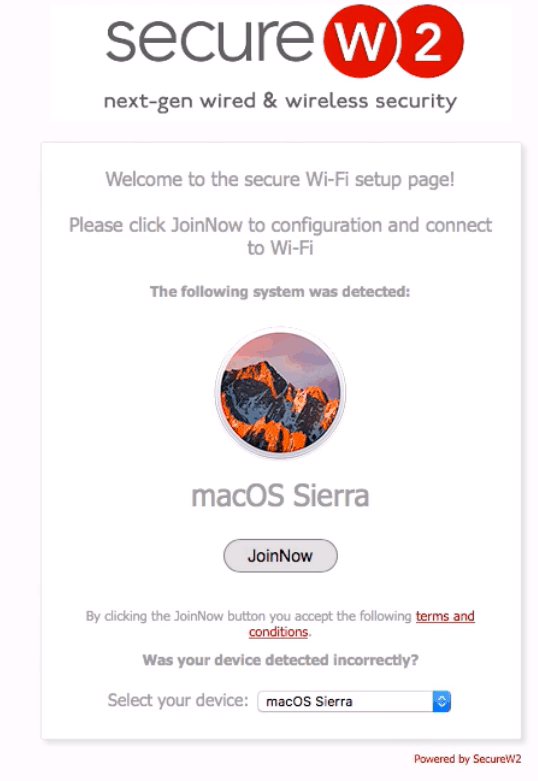Researching and implementing new cybersecurity technologies is a vital aspect of maintaining an effective network for your organization. But transitioning to more up to date security measures often comes with growing pains. Ensuring the network operates smoothly to specifications can create a tricky configuration process.
Operating a network with Dynamic VLAN offers an effective solution to authentication and segmentation within an organization. Administering an efficient and security-conscious authentication process is key to building a cybersecurity-minded organization.
Certificate Authentication with Dynamic VLAN
It’s no surprise that credential-based authentication is increasingly falling out of favor with most security professionals. Credentials are astoundingly easy to crack and are often the catalyst for outside actors to gain access to your secure network. They also offer a poor experience for users and are an overall outdated form of security technology.
In contrast, certificates are able to offer rapid, hands-free authentication while maintaining a far more stringent authentication process with EAP-TLS. They have a wide variety of uses, from email security to VPN authentication, and new certificate solutions make onboarding easier than ever. But how can they benefit an organization implementing Dynamic VLAN?
The Dynamic VLAN Process
When a user’s certificate is authenticated via EAP-TLS, their attributes are analyzed by the RADIUS server. This ensures they are a valid organization member, as well as checks their group membership permissions.
The RADIUS then uses that information to send the user to Dynamic VLAN to be transferred to a port which will allow access to the resources available to a member of that user group. With certificates, this process occurs automatically without interaction from the end user. They are simply connected to the applications they need in a timely and secure fashion.
Segmenting Network Users
Within an organization, there are bound to be different user groups that require different permissions to apps and resources. For example, a university would want students and professors to have access to different applications.
Certificates can be configured with tons of information about the user that can be quickly identified and used to determine the user’s standing within an organization. They can be segmented by Dynamic VLAN based on their particular certificate attributes. Users are then given access to all the resources they would need.
Security With Certificates
As stated above, certificates offer stronger security when compared to credentials. Over-the-air communication is particularly vulnerable to outside attacks, so certificates and EAP-TLS authentication are invaluable to defend against outside interference. They can be used for a wide variety of authentication needs, such as VPN, web applications, and wireless networks.
Certificates also provide efficiencies that far surpass any credential-based network. A frequent headache for password users are password resets, a necessary security measure that requires one to reset every password on every device after a set period of time. Certificates can be configured to authenticate a user for years, depending on the policies of the organization. Additionally, passwords can be easily shared with others while certificates from SecureW2 cannot be transferred or stolen from their device.

Facilitating Certificates with SecureW2
One of the misconceptions in authentication security is that certificates are difficult to implement. This is only true when you don’t have support of an effective certificate solution vendor. SecureW2 makes it incredibly easy to configure a certificate-based network that works efficiently for users and network administrators.
On the network admin side, SecureW2 provides a clear configuration process and powerful network management tools. User permissions that will be put into effect by Dynamic VLAN can be easily configured based on directory attributes. Depending on the level of complexity, an organization can be set up to authenticate certificates in mere hours. 
For users, the JoinNow onboarding solution makes provisioning certificates a non-issue. If users are left to configure for certificates manually, there are bound to be many IT support ticket requests. JoinNow allows users to self-configure in minutes by completing a few steps designed for anyone.
Additionally, SecureW2’s new Dynamic RADIUS offers even wider segmentation capabilities with Dynamic VLAN. In a situation where a user needs new network permissions (such as a promotion), they would need to be issued new certificates because they can’t be edited. Dynamic RADIUS communicates directly with the IDP, so their information can be edited to reflect their new standing in the organization and provide access to the resources they need.
The Future of Dynamic VLAN is in Certificates
Applying new cybersecurity measures is useful, but finding technologies that also increase the efficiency of your network is a truly modern solution. Dynamic VLAN with certificates offers network control, rapid authentication, and protection against a myriad of outside attacks. Check out our pricing page to see if SecureW2’s certificate solutions could be the key to protecting your network.

